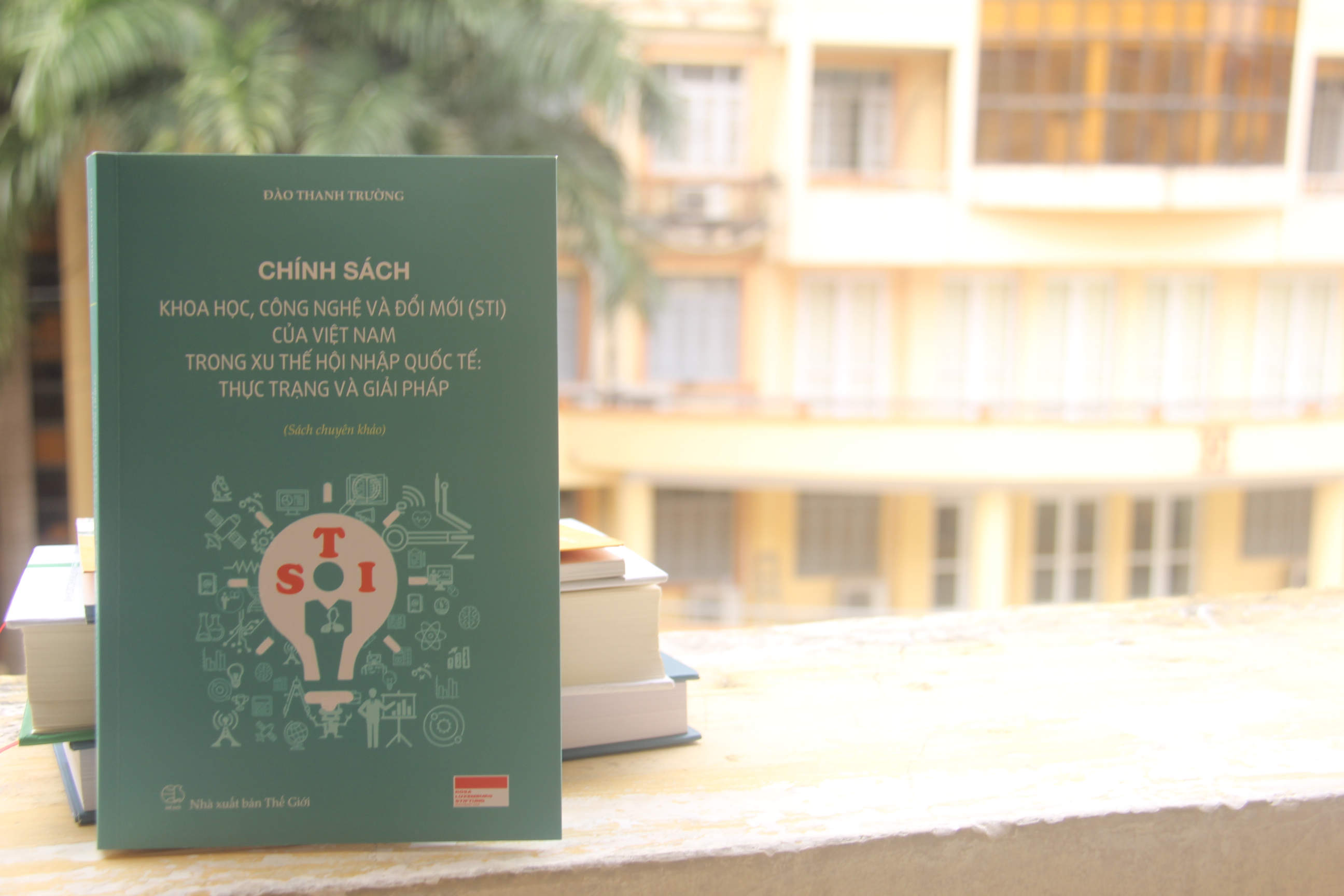In today's era, the development of science and technology has been profoundly transforming the world economy, influencing all social activities, including international relations. Every country is aware that the development of science and technology is the most effective tool for the process of socio-economic development and consolidating its position in economic and political competition. The development strategies of all countries are based on the development of science and technology, in which the core is to master the most necessary scientific and technological achievements for their development. A fierce race is taking place among developing countries to master high-tech fields and shorten the gap with developed countries. This leads to the explosion of science and technology activities in the 21st century, promoting the process of international division of labor and cooperation, leading to "dependence" and "counterbalance" between countries.
In addition, governments and large corporations are spending huge amounts of money on research and development (R&D) to acquire new technologies and new products, and thereby reaping large profits, creating advantages in global competition. Technology transfer activities as well as raising the prices of products with high scientific content and lowering the prices of agricultural products and raw minerals further widen the gap between rich and poor countries. Thus, the globalization process has both created opportunities and posed "cumulative" challenges to developing countries. This requires the need to innovate the planning mindset on implementing a system of appropriate science and technology development policies to promote the country's potential.
As a country rich in resources and abundant labor, over the past years, Vietnam's science and technology rankings have not changed much in the world's prestigious rankings of science, technology and innovation. In 2014, Vietnam was ranked 71/143 countries by the World Intellectual Property Organization (WIPO) in terms of innovation level, and 5/35 countries with low middle income. However, there are still some indicators that have lagged behind in recent years compared to countries in the same region. This reflects the current state of science and technology development in Vietnam. The question for managers, policy makers, researchers and those interested in the development of science and technology in the country is "How can Vietnam's STI system be compatible with the international science and technology integration process and make the most positive contribution to the development of Vietnam?"

Researching the characteristics of the STI system from policy to practice is the content of the monograph titled “Vietnam’s Science, Technology and Innovation (STI) Policy in the Trend of International Integration: Current Situation and Solutions”. Through this book, the author hopes to contribute scientific arguments to serve the policy-making process for developing Vietnam’s STI system in the process of international S&T integration. This is also an issue that attracts the attention of many readers near and far - individuals working in S&T, S&T organizations, managers and researchers to exchange and discuss. From there, draw out policy solutions and recommendations for management organizations and policy makers, actively contributing to creating a foundation for Vietnam’s remarkable growth momentum in the “flat world” today.
Hanoi, April 2016
Author:Associate Professor, Dr. Mai Ha, Former Director of the Institute of Strategy and Policy on Science and Technology
Newer news
Older news